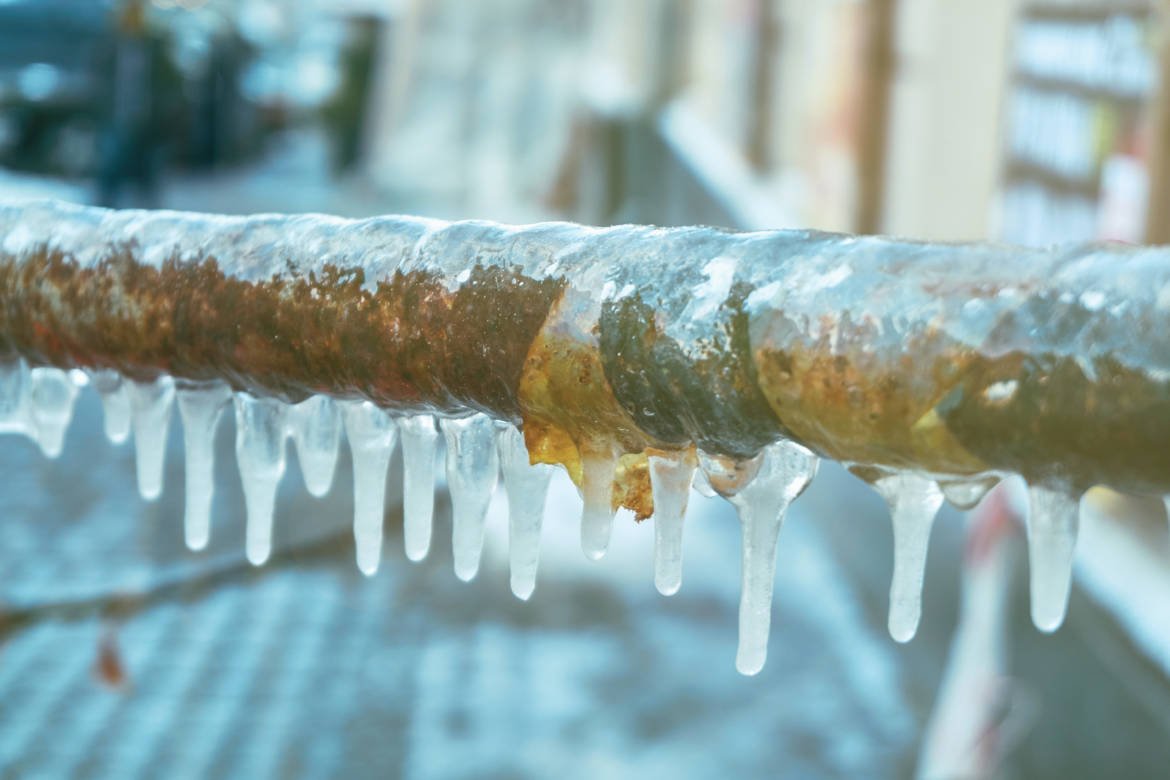Guidance for Avoiding Frozen Plumbing in Cold Weather: Specialist Tips
Guidance for Avoiding Frozen Plumbing in Cold Weather: Specialist Tips
Blog Article
This article down the page in relation to Winter Plumbing Precautions: Preventing Frozen Pipes is totally attention-grabbing. You should keep reading.

Cold weather can wreak havoc on your plumbing, particularly by freezing pipelines. Here's how to prevent it from taking place and what to do if it does.
Intro
As temperatures drop, the danger of icy pipelines rises, possibly bring about costly repair services and water damages. Recognizing how to stop icy pipelines is essential for home owners in chilly climates.
Prevention Tips
Shielding prone pipelines
Cover pipelines in insulation sleeves or utilize heat tape to shield them from freezing temperatures. Focus on pipes in unheated or exterior locations of the home.
Home heating techniques
Keep indoor spaces properly heated, particularly locations with pipes. Open cupboard doors to allow cozy air to circulate around pipes under sinks.
Exactly how to identify frozen pipelines
Seek lowered water circulation from taps, uncommon smells or sounds from pipes, and visible frost on revealed pipelines.
Long-Term Solutions
Architectural adjustments
Take into consideration rerouting pipes away from outside wall surfaces or unheated areas. Add extra insulation to attic rooms, basements, and crawl spaces.
Updating insulation
Buy high-quality insulation for pipes, attic rooms, and wall surfaces. Proper insulation assists maintain consistent temperature levels and lowers the threat of icy pipes.
Protecting Exterior Plumbing
Yard hoses and outside taps
Separate and drain garden pipes prior to winter season. Set up frost-proof faucets or cover exterior taps with insulated caps.
Understanding Frozen Pipes
What triggers pipelines to ice up?
Pipes ice up when subjected to temperature levels listed below 32 ° F (0 ° C) for extended periods. As water inside the pipelines freezes, it increases, taxing the pipeline wall surfaces and potentially triggering them to break.
Threats and problems
Frozen pipelines can result in water system interruptions, home damage, and expensive repair work. Ruptured pipelines can flooding homes and cause extensive architectural damages.
Indications of Frozen Piping
Determining frozen pipelines early can prevent them from bursting.
What to Do If Your Pipelines Freeze
Immediate actions to take
If you presume frozen pipelines, keep taps open up to soothe pressure as the ice thaws. Make use of a hairdryer or towels soaked in warm water to thaw pipes gradually.
Final thought
Protecting against frozen pipelines requires positive measures and fast actions. By comprehending the causes, indicators, and preventive measures, property owners can safeguard their plumbing throughout cold weather.
5 Ways to Prevent Frozen Pipes
Drain Outdoor Faucets and Disconnect Hoses
First, close the shut-off valve that controls the flow of water in the pipe to your outdoor faucet. Then, head outside to disconnect and drain your hose and open the outdoor faucet to allow the water to completely drain out of the line. Turn off the faucet when done. Finally, head back to the shut-off valve and drain the remaining water inside the pipe into a bucket or container. Additionally, if you have a home irrigation system, you should consider hiring an expert to clear the system of water each year.
Insulate Pipes
One of the best and most cost-effective methods for preventing frozen water pipes is to wrap your pipes with insulation. This is especially important for areas in your home that aren’t exposed to heat, such as an attic. We suggest using foam sleeves, which can typically be found at your local hardware store.
Keep Heat Running at 65
Your pipes are located inside your walls, and the temperature there is much colder than the rest of the house. To prevent your pipes from freezing, The Insurance Information Institute suggests that you keep your home heated to at least 65 degrees, even when traveling. You may want to invest in smart devices that can keep an eye on the temperature in your home while you’re away.
Leave Water Dripping
Moving water — even a small trickle — can prevent ice from forming inside your pipes. When freezing temps are imminent, start a drip of water from all faucets that serve exposed pipes. Leaving a few faucets running will also help relieve pressure inside the pipes and help prevent a rupture if the water inside freezes.
Open Cupboard Doors
Warm your kitchen and bathroom pipes by opening cupboards and vanities. You should also leave your interior doors ajar to help warm air circulate evenly throughout your home.

We hope you enjoyed reading our article about Helpful Tips to Prevent Frozen Pipes this Winter. Many thanks for taking time to browse our article post. Sharing is nice. Helping people is fun. I appreciate your readership.
Click Here Report this page